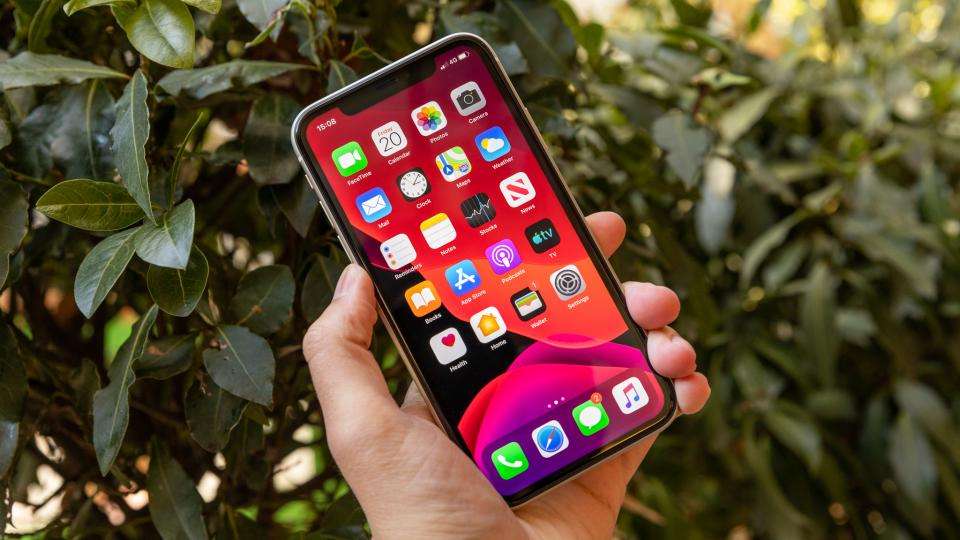Mobile operators Three and O2 are to raise prices for pay-monthly customers.
The price hike comes in the wake of newly published inflation figures, taken from January's Retail Prices Index (RPI), which was published yesterday by the Office for National Statistics.
Three’s pay-monthly customers are set to see a 2.7% hike in their bills, starting in May. This will apply to all pay-monthly plans taken out or upgraded after 29 May 2015, regardless of contract length.
A spokesperson for Three said: “Like other mobile providers, our pay monthly plans are subject to an annual price increase. This year, our customers will see an increase of 2.7% in line with the January RPI rate of inflation published by the ONS. This means, for example, that a Three customer paying £20 per month will see an increase of 54p per month.”
O2 will similarly be upping prices for pay-monthly contracts, although a spokesperson for the company told Expert Reviews that it is “currently finalising plans” on its annual RPI percentage adjustment. They also said that customers with an O2 Refresh contract, which separates handset and airtime costs, will only see the price rise applied to the latter.
Money Saving Expert is reporting that O2 will similarly bump its pay-monthly prices by 2.7% from April. The company has not confirmed whether or not this will be the case.
The rises from O2 and Three are in line with the latest annual RPI figures. It is common practice for mobile operators to adjust their prices in relation to yearly inflation, depending on what month they take as their basis.
EE, for example, has previously announced it will raise prices for monthly contract customers by 2.2%, in line with December's RPI inflation figure. Those hikes are due to come into effect from 30 March.
Vodafone, on the other hand, uses February’s RPI figures - due towards the end of March - to gauge its price adjustments.
BT has previously said it will raise monthly prices for its broadband, landline and mobile services by 1.3% from the end of March, in line with January’s Consumer Prices Index (CPI) inflation figure.












